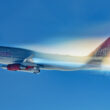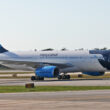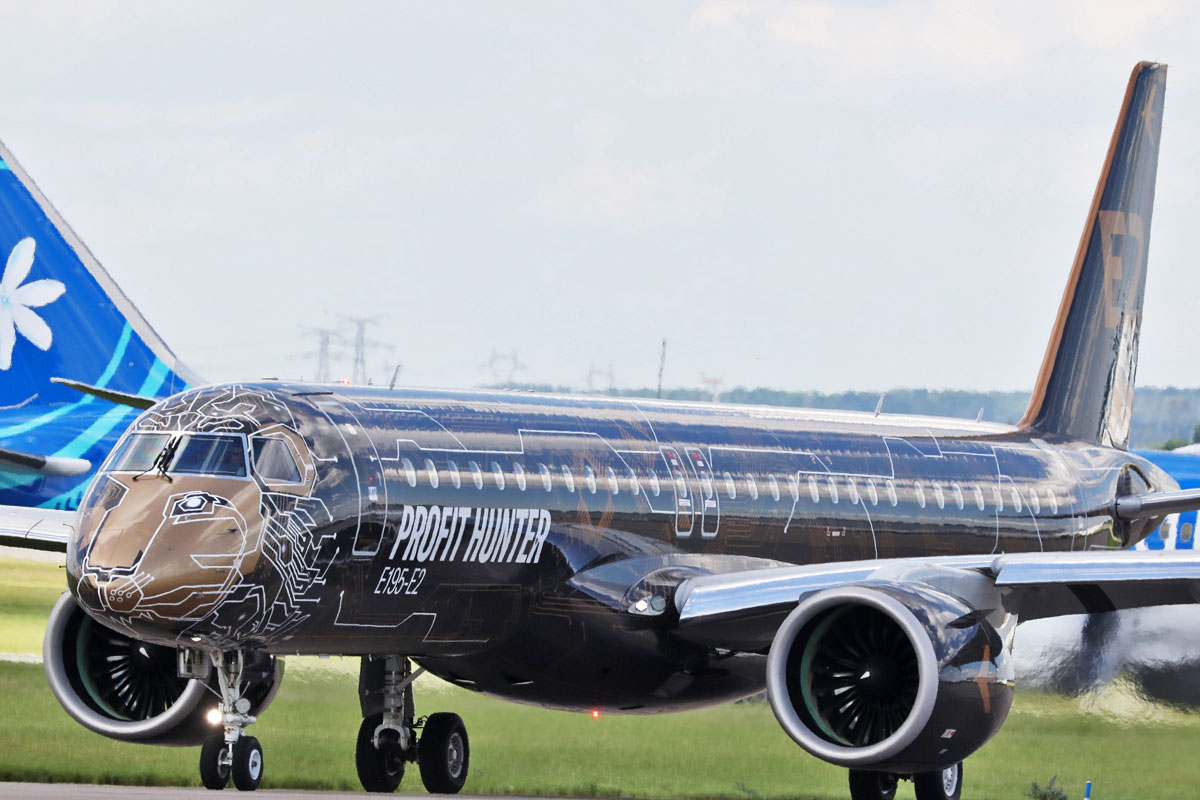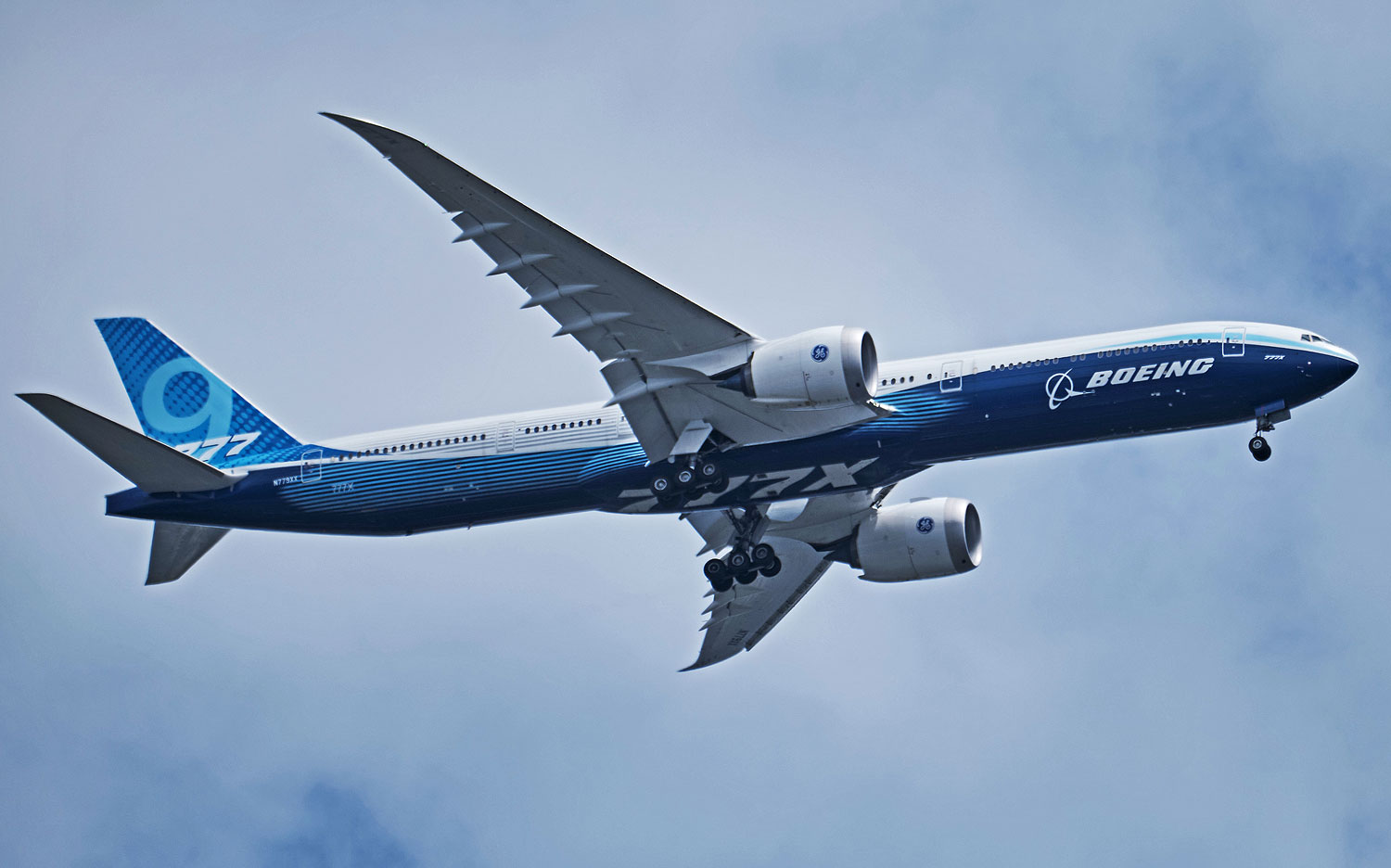The Boeing 747, world’s most recognized jetliner, is in a farewell mood. The last of the 1,574 aircraft produced since 1967 is currently undergoing the final stage of testing before being delivered to the final customer, the freighter company Atlas Air. When that happens, it will be the end of one of the most glorious and important chapters in the history of commercial aviation.
Were it not for the 747, the air travel market would not be accessible to as many people as it is today. When it arrived at airports in 1970, Boeing’s four-engine plane was unbeatable in range and passenger capacity. This helped to reduce ticket prices and created quick connections between all continents.
Follow us:
The disruptive performance of the 747 was only possible due to a series of advances in different areas that accompanied the development of the aircraft.
Almost 54 years after the first flight of the “Jumbo”, the teachings that made something that seemed unthinkable a reality today serve as a reference for the entire aerospace industry.
See below seven innovations that were introduced by the Boeing 747 in aviation.
Wide body design
Today so common in long-haul flights, the concept of the so-called wide body aircraft (double aisle) was born with the Boeing 747. The large passenger capacity that this configuration allowed lowered the cost per seat and made air travel more accessible. When it hit the market, the Jumbo had twice the passenger capacity of any other commercial airliner in the 1970s.
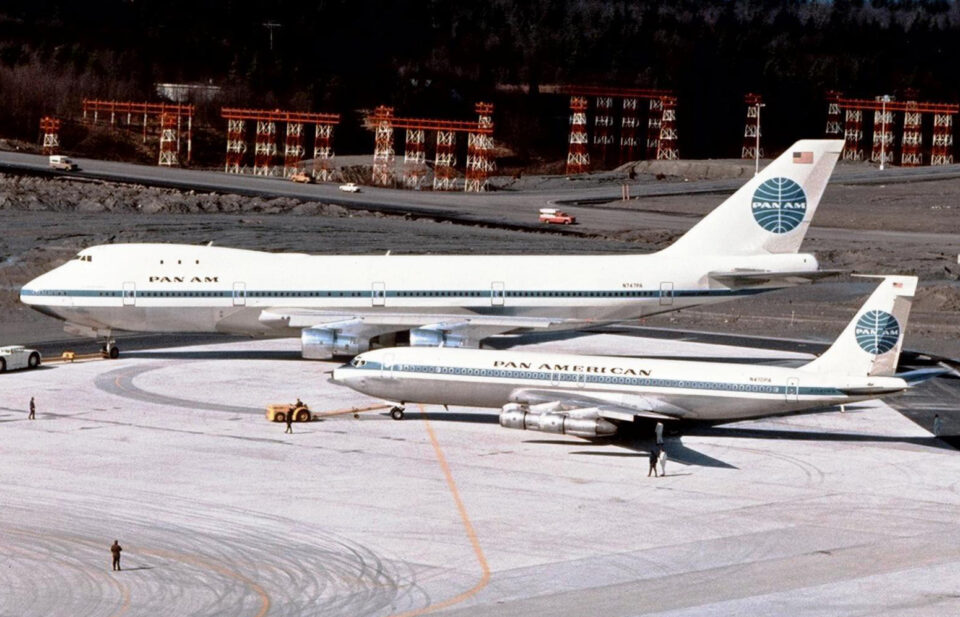
Round hump
Since the 747 was also designed to be a freighter, the ideal way to carry cargo was through the nose. Engineers then determined that the best place for the flight deck was on its own second level, allowing the nose door to open without interference, hence the iconic hump that makes the Boeing aircraft so recognizable.
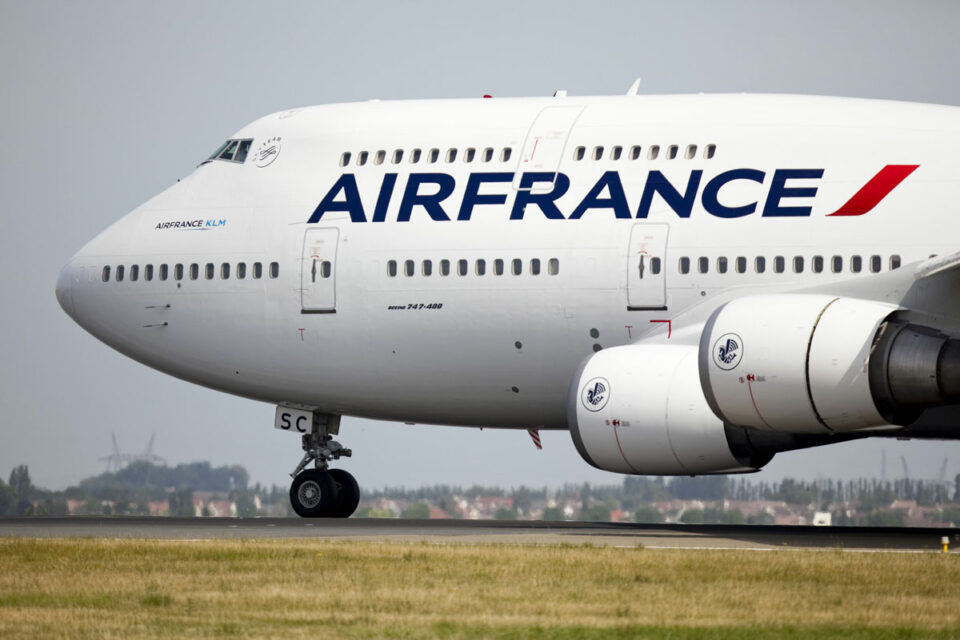
Cargo market transformation
Loading through the nose allowed the transport of huge objects on board the 747. As a result, the Boeing plane is even today – and will still be for many years to come – the main reference among large civil freighters.
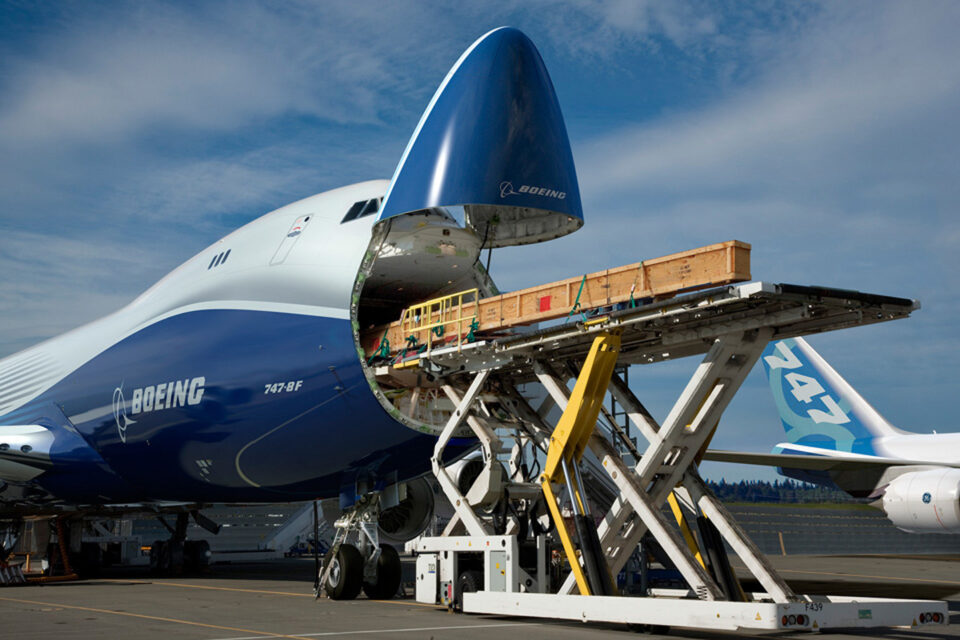
Systems with multiple redundancies
The Boeing 747 was the world’s first aircraft with triple redundancy in all major systems and quadruple redundancy in the control and hydraulic systems, which improved in-flight safety.
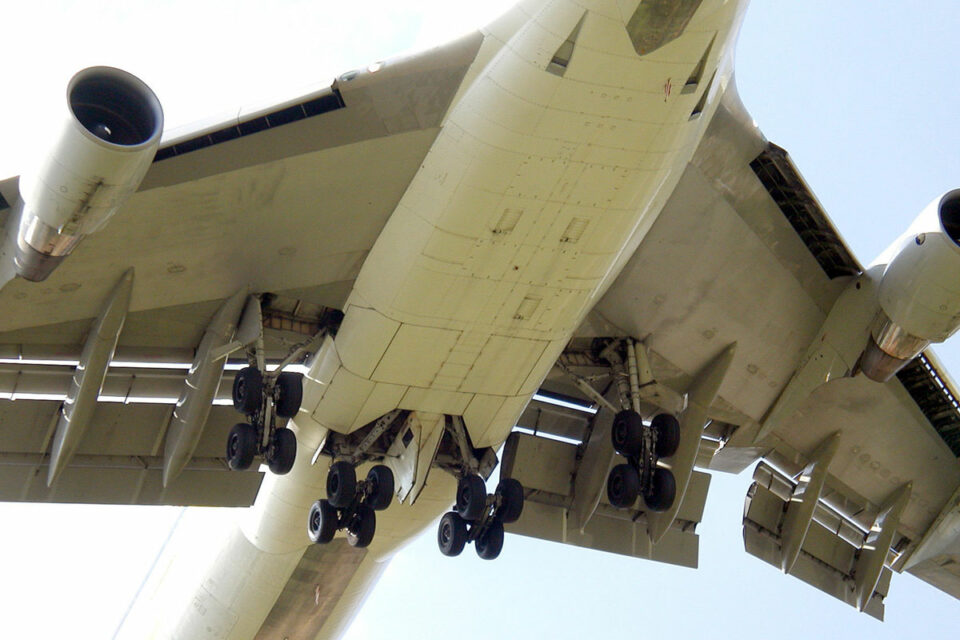
Turbofan engines with high bypass rate
One of the main technologies that allowed the development of an aircraft as large as the 747 was the high-bypass turbofan engine, known for its larger diameter than the first jet engines.
Debuting in the 1970s, this type of engine offered twice the power of previous turbojets while consuming a third less fuel. The turbofans were also quieter and helped improve acceleration on the takeoff run.
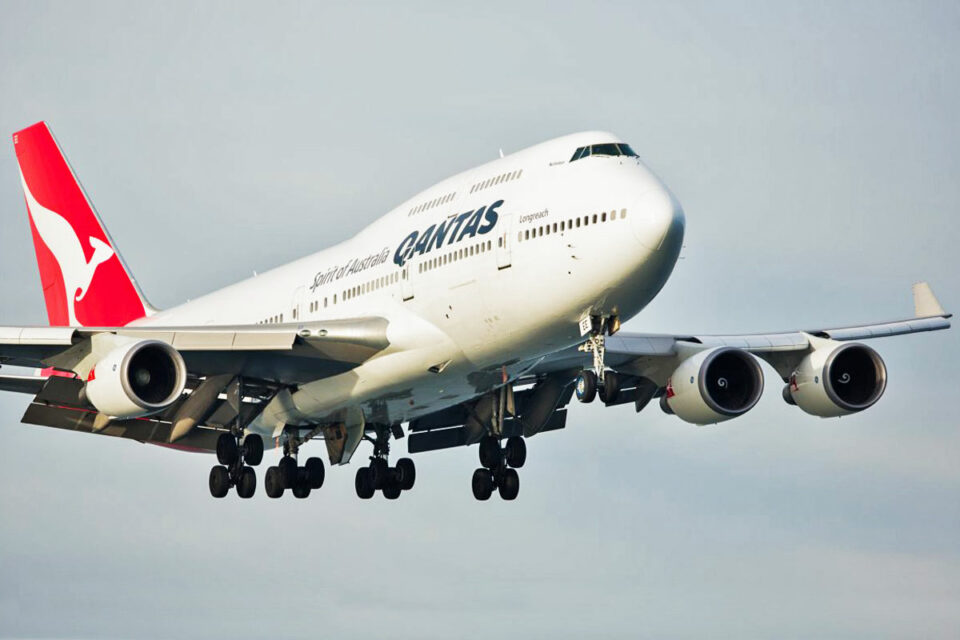
Flight simulators
An aircraft as complex as the 747 required the development of new methods of training aviators. In addition to the plane itself, the teams of Boeing engineers who designed the Jumbo were also responsible for designing the first “full-motion” flight simulator to offer an immersive experience for pilots. This type of equipment is now standard in the industry.
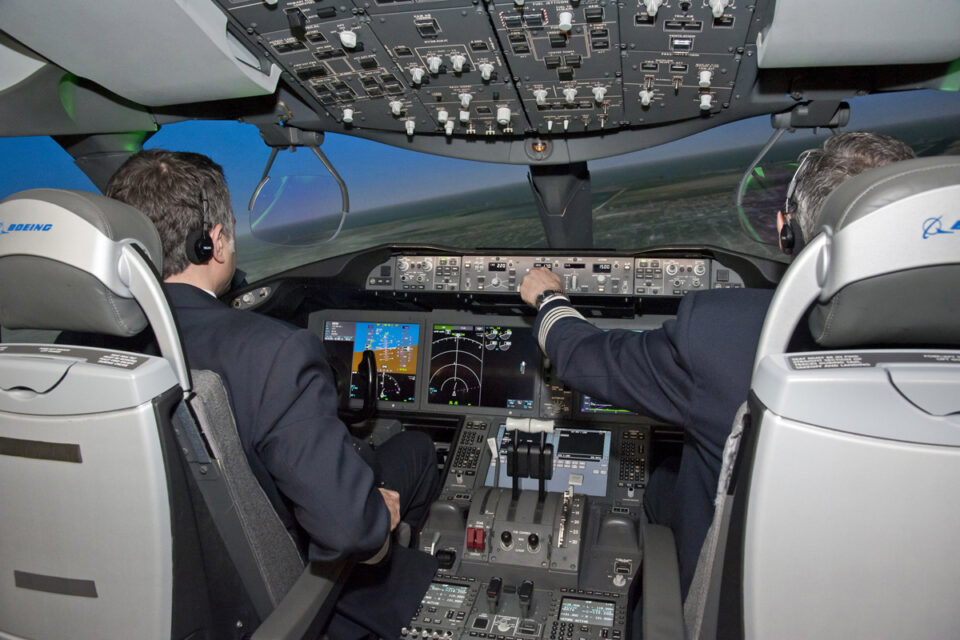
Behavioral training
The emergence of the Boeing 747 also revolutionized the philosophy of pilot training, moving from strictly procedural training to behavioral tests. This resulted in what became colloquially known in aviation as “need-to-know” training.
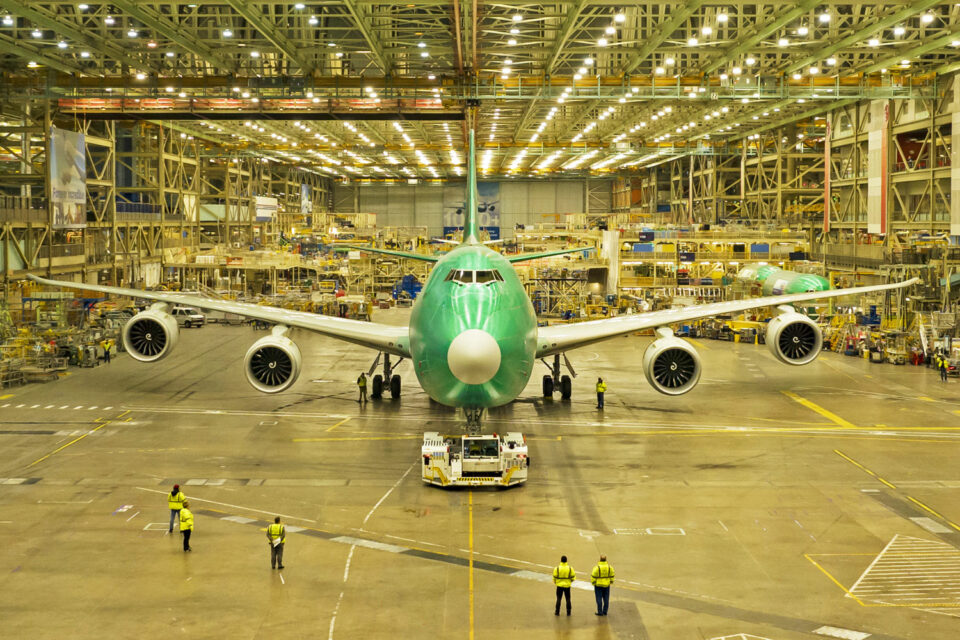
With information from Boeing.


